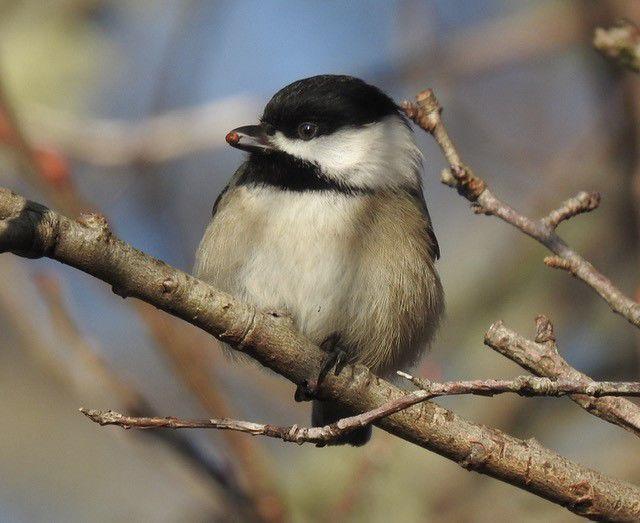
Have you ever stopped to think about how an unexpected plant that appeared in your yard or garden actually got there? The answer is seed dispersal, possibly by way of our winged and four-legged friends.
Many seeds are dispersed after being swallowed whole and deposited via bird or animal poop. Seed dispersal can also take place via wind, water, fire and gravity.
Some seeds germinate better, and some seeds won’t germinate at all, without first passing through the digestive tract of a bird or animal, a process called endozoochory. The digestive process removes the physical layers or chemical compounds that inhibit germination. Removing the layers is known as scarification and can be accomplished through a number of physical and chemical means. Tomatoes, raspberries and blackberries are examples of seeds familiar to the home gardener that must be scarified before they will germinate.
Foraging behavior is an important component in determining which seeds are dispersed, as is how long the bird or animal feeds in that location and where they go afterward. The seeds must be swallowed whole because chewing will destroy them. Plants influence foraging behavior and attract birds and animals with odors, color and the size of blossoms, fruit and nuts.
Through dispersal, the seeds are thought to have a better chance for success, because they are not competing for the same resources as parent plants or interbreeding. The seeds are also escaping possible pathogens or predators near the parent plants. This is great news for those plants we consider desirable — but not so good if they are weeds or other undesirable plants.
Birds and animals may disperse seeds in the following ways:
• Birds: Through their droppings or by regurgitation. Birds may also knock seeds off plants while feeding, or drop seeds while flying. Fun fact: Micronesian starlings are thought to disperse seeds great distances because of their movement patterns.
• Squirrels: They do not eat all the nuts and seeds they collect. These can germinate where they were stored or dropped.
• Dogs and cats: Seeds can “hitchhike” in their coats using barbs or other methods.
• Cows, horses and other mammalian herbivores: Through their droppings.
• Carnivores: They can act as secondary dispersers when there are seeds in the stomachs of their prey.
- Ants: These six-legged insects carry seeds into their colonies and eat the coating, but discard the intact seeds in their underground chambers.
Rodents, however, are considered seed predators because they generally destroy the seeds when eating them. This has not been well studied, however.
It’s possible that birds and animals can remain in our yards long enough to disperse seeds they have ingested there, but it’s somewhat unlikely. There isn’t a documented method for influencing the seeds that birds or animals deposit for us.
"bird" - Google News
June 20, 2021 at 05:00PM
https://ift.tt/2U9mcxl
Animal, bird poop provide seed, fertilizer in one application - Yakima Herald-Republic
"bird" - Google News
https://ift.tt/2s1zYEq
https://ift.tt/3dbExxU
Bagikan Berita Ini















0 Response to "Animal, bird poop provide seed, fertilizer in one application - Yakima Herald-Republic"
Post a Comment